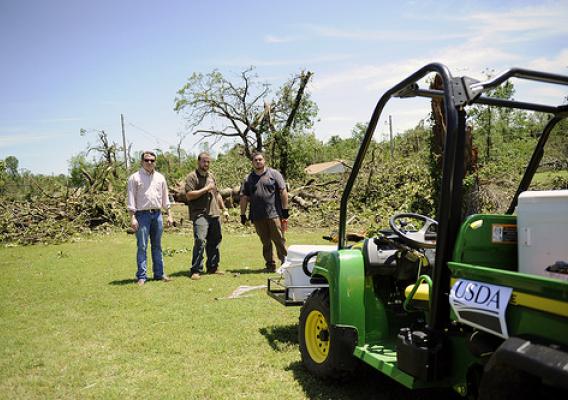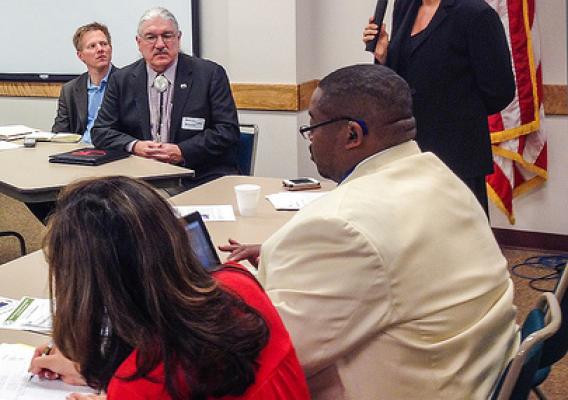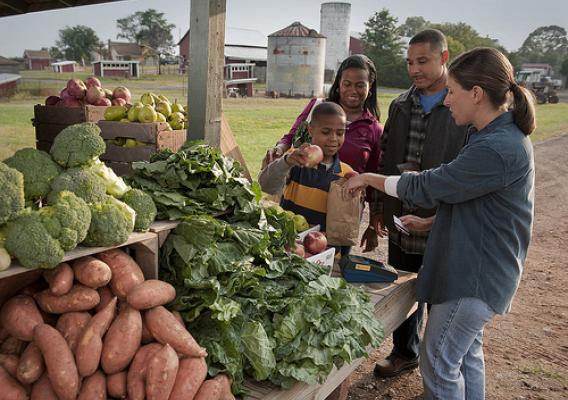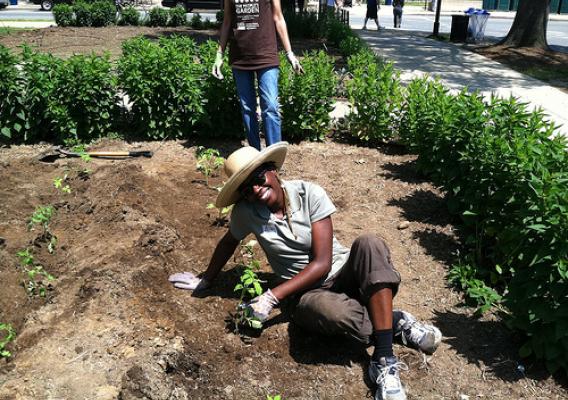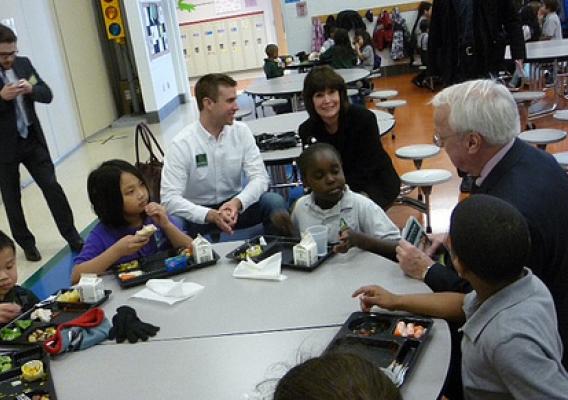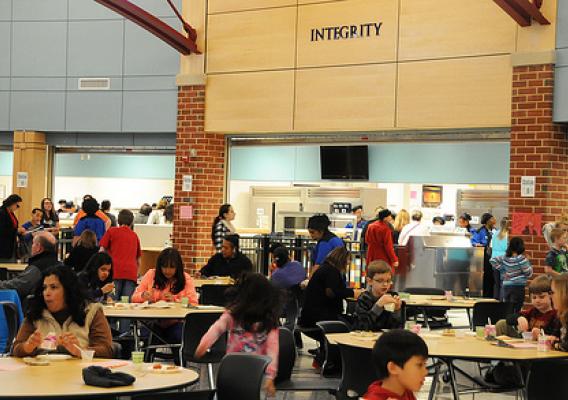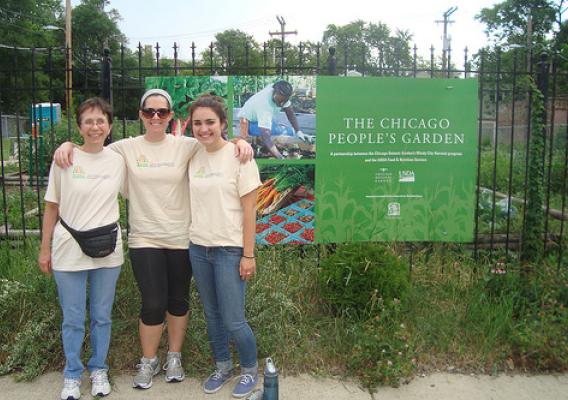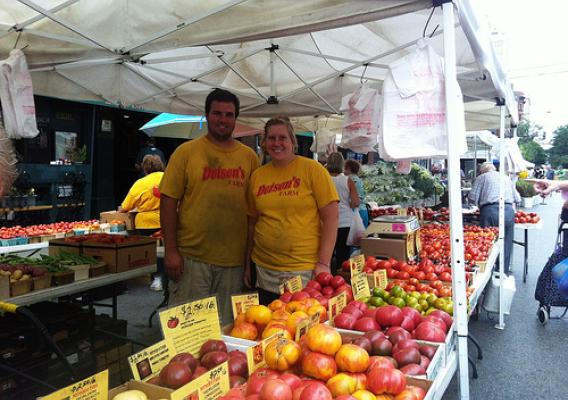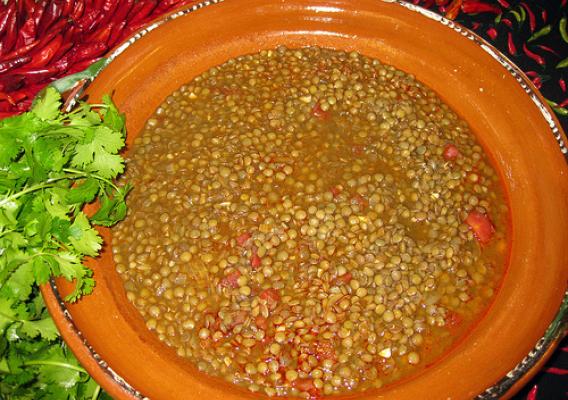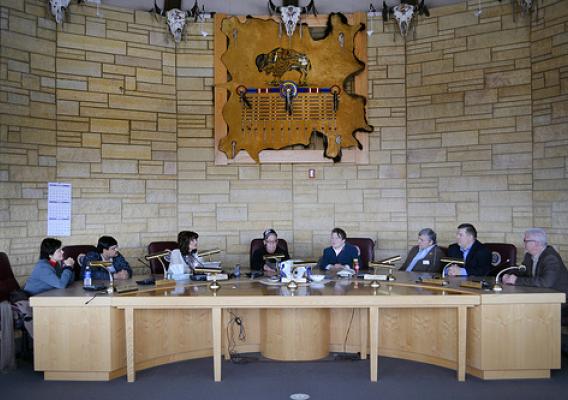In my position as Under Secretary, I occasionally travel the country to meet with, and learn from, some of the many partners who administer and leverage the USDA’s 15 nutrition assistance programs. These programs—from school meals to SNAP (formerly food stamps)—currently touch the lives of one in four Americans.
During a whirlwind visit to Minnesota in March, I had the opportunity to meet with a variety of individuals and organizations directly or indirectly involved with one or more of our nutrition programs. For starters, I participated in a terrific roundtable at the University of Minnesota’s School of Public Health hosted by national nutrition expert Dr. Mary Story, a strong supporter of healthy school meals. Minnesota Senator Al Franken joined me to hear from local organizations and agencies that administer nutrition assistance programs, promote good nutrition or even work with farmers markets. I was impressed with the accomplishments being realized and the creative approaches employed by local partners to improve nutrition, eliminate hunger, support children and families, and connect farmers to local markets.

